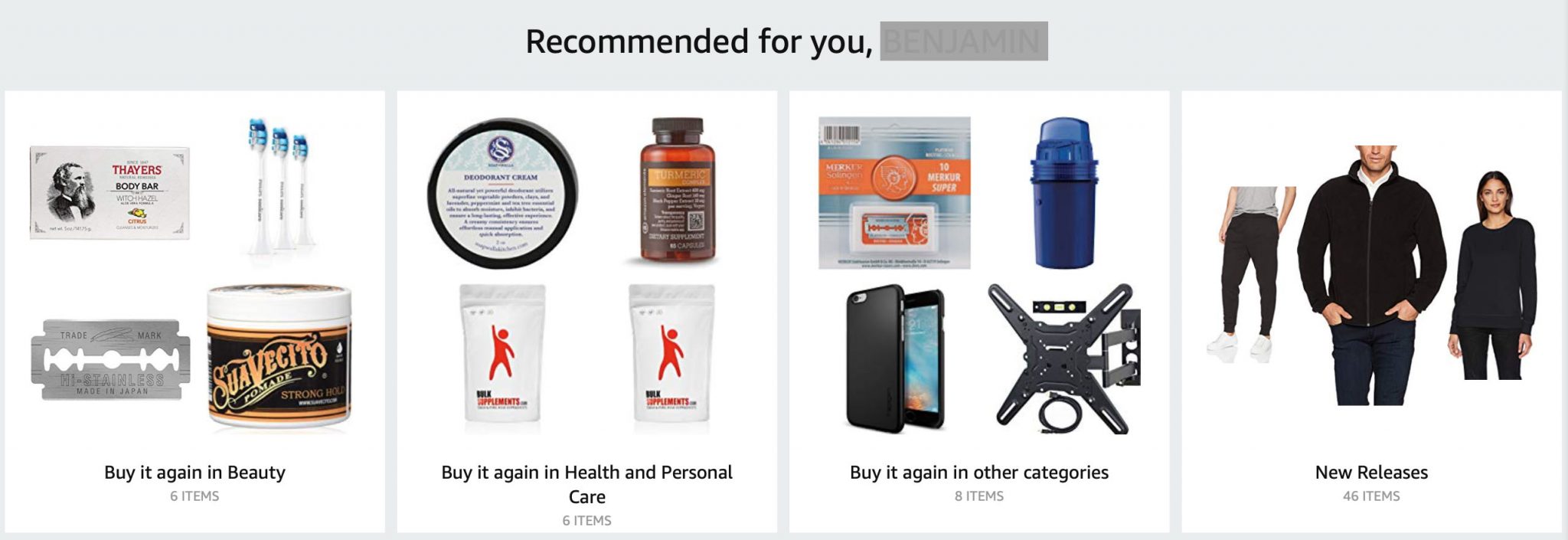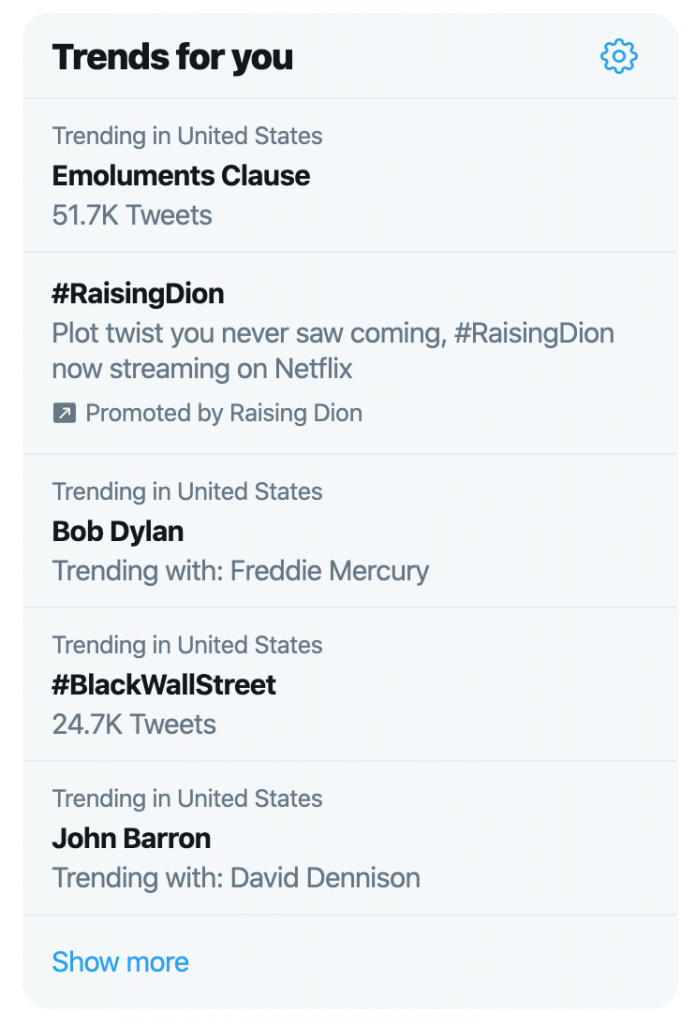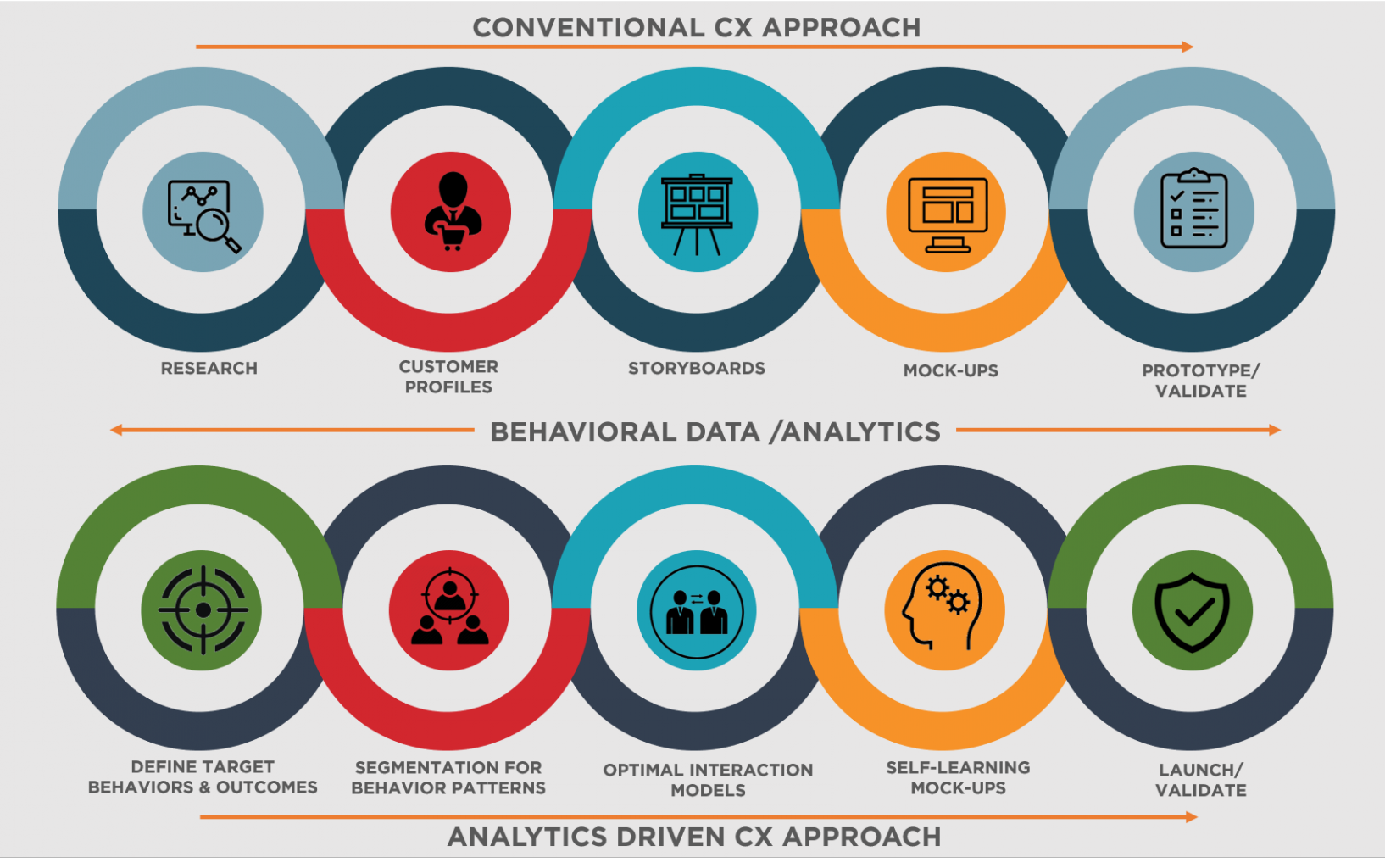The age of hyper-personalization is here. Enterprises are moving towards understanding individual customers and delivering digital experiences especially crafted to meet their interests, needs and relationship with their organization.
What is hyper-personalization?
Hyper-personalization is the customization of product offerings and digital content at an individual level. Designed to perfectly match a customer’s preferences, needs and expectations, hyper-personalization leverages big data and artificial intelligence technologies to deliver tailor-made experiences in real time.
Under hyper-personalization, every consumer is seen as an individual with unique content and service preferences. Hyper-personalization is also responsive to context: i.e., how the consumer’s demands may shift depending on their location, the time of day, their past purchase behavior or even their mood.
The difference between personalization and hyper-personalization
Hyper-personalization is the advanced form of personalization: in which brands customize their marketing messages (or product offerings) on a user-by-user basis.

Personalization is based on the information that users provide. Think of an email with the recipient’s first name automatically inserted.
Hyper-personalization, by contrast, uses big data sets and advanced algorithms to infer key details about the customer’s wants and needs. One example: a travel site that knows you are a Hilton HHonors member, sees you have booked a flight and emails you to suggest Hilton locations at your destination.
Spotify and Netflix also deploy hyper-personalization – “learning” the preferences of their users to make educated content suggestions.

How hyper-personalization helps brands deliver better customer experiences
Today’s marketing landscape is highly fragmented. Consumers spend many hours per day interacting with different kinds of media, viewing thousands of commercial messages in the process.

Hyper-personalization helps businesses break through all of this noise with truly customized marketing messages and service offerings. When brands can deploy an analytics-driven hyper-personalization program, their marketing becomes more efficient and more effective—and their lifetime customer value increases.
In many ways, hyper-personalization is the new frontier of customer experience. A conventional approach to CX requires marketers to take their best guess as to what will drive engagement, then test and iterate manually. Hyper-personalization, on the other hand, uses advanced data modeling near the outset and rapidly “learns” what works.
For this reason, hyper-personalization promises improved engagement across the marketing funnel. Purchases today are preceded by multiple customer touchpoints—and hyper-personalization can enhance the brand experience in each one.
Steps to developing a hyper-personalization framework
“We see our customers as invited guests to a party, and we are the hosts. It’s our job every day to make every important aspect of the customer experience a little bit better.”
– Jeff Bezos, CEO, Amazon
Jeff Bezos’ statement illustrates the “customer-first” thinking that hyper-personalization requires. In order for hyper-personalization to be successful, certain key milestones should be observed:
- Start by defining goals to be achieved. Be sure to clearly state the intended behaviors for the target group, as well.
- Segment behavior patterns. For each segment, identify optimal interaction strategies.
- Leverage analytical techniques and machine learning. The goal should be to build an automated self-learning system in which underlying interaction patterns are continually optimized.
As with other digital initiatives, hyper-personalization requires close collaboration between a brand’s marketing, business and technology stakeholders. Having the hyper-personalization program roll up to a single team—e.g., customer experience—can accelerate progress.
Brands should also be willing to take risks and experiment. Hence, Agile methods are essential for developing quick prototypes with short cycles, enabling businesses to course-correct in the event of poor campaign performance or low marketing return on investment.
Data gathering must be ramped up, as well, for brands that want to enable hyper-personalized customer journeys. The approach should be to determine what will be needed to better personalize individual interactions, figure out what data is required and identify mechanisms for obtaining the data.
Hyper-personalization and privacy considerations
Hyper-personalization can make consumers’ brand interactions more engaging and drive better results across the marketing funnel. Yet due to its dependence on customers’ personal information, hyper-personalization requires scrupulous attention to data security.
Recent high-profile data breaches illustrate the risks inherent to capturing and storing personally identifiable consumer information. A 2013 breach of Target’s internal systems resulted in the theft of 41 million consumer records, while a similar break-in at Home Depot in 2014 led to the theft of more than 50 million customer emails.
A 2017 breach at credit reporting agency Equifax dwarfed even these massive break-ins, exposing the personal information of nearly 150 million people.
Thus, one of the most important challenges facing the new technological scenarios is the protection of users’ privacy and personal data. Customer data is highly valuable to hackers, making it attractive to obtain illicitly.
Doing hyper-personalization the right way
Given the scale of recent data breaches, many consumers and regulatory authorities have serious concerns about brands’ data-gathering activities.
Therefore, all of the entities involved in hyper-personalization should commit to applying privacy protection best practices—and communicating clearly to users what those look like.
Brands should:
1. Anticipate and plan for tighter regulations on data security. For brands looking to hyper-personalize their product or content offerings, it is necessary to respect individuals’ right to privacy: especially given the tightening regulatory environment in both the US and Europe. While there are questions around form that future regulations may take—e.g., whether the US will apply data privacy standards at the federal or state level—smart brands will begin planning for enhanced security sooner rather than later.
2. Make users aware of how their data may be used. Many consumers are keen to give away personal data in exchange for free services, as evidenced by the popularity of social networks and digital services like Gmail. The challenge for enterprises is to improve users’ awareness of how their data is collected, stored and utilized in service provisioning.
3. Empower users to view and manage their data. Giving consumers full visibility into their data profiles can enhance privacy and make them feel more in control. If users have a single personal data profile which they manage and own—and which is accessed by service providers on an on-demand basis—transparency and trust are greatly increased.
The Final Word
Hyper-personalization offers better experiences for consumers and better ROI for marketers. Still, in an atmosphere of tougher data privacy protections—such as the EU’s Global Data Protection Regulation (GDPR)—brands must tread carefully in how they gather and use customer data.






